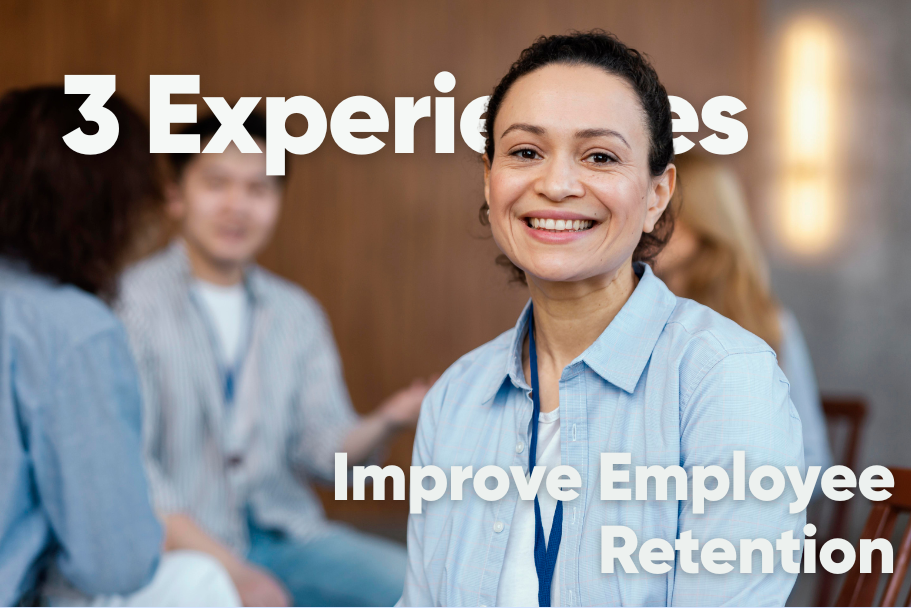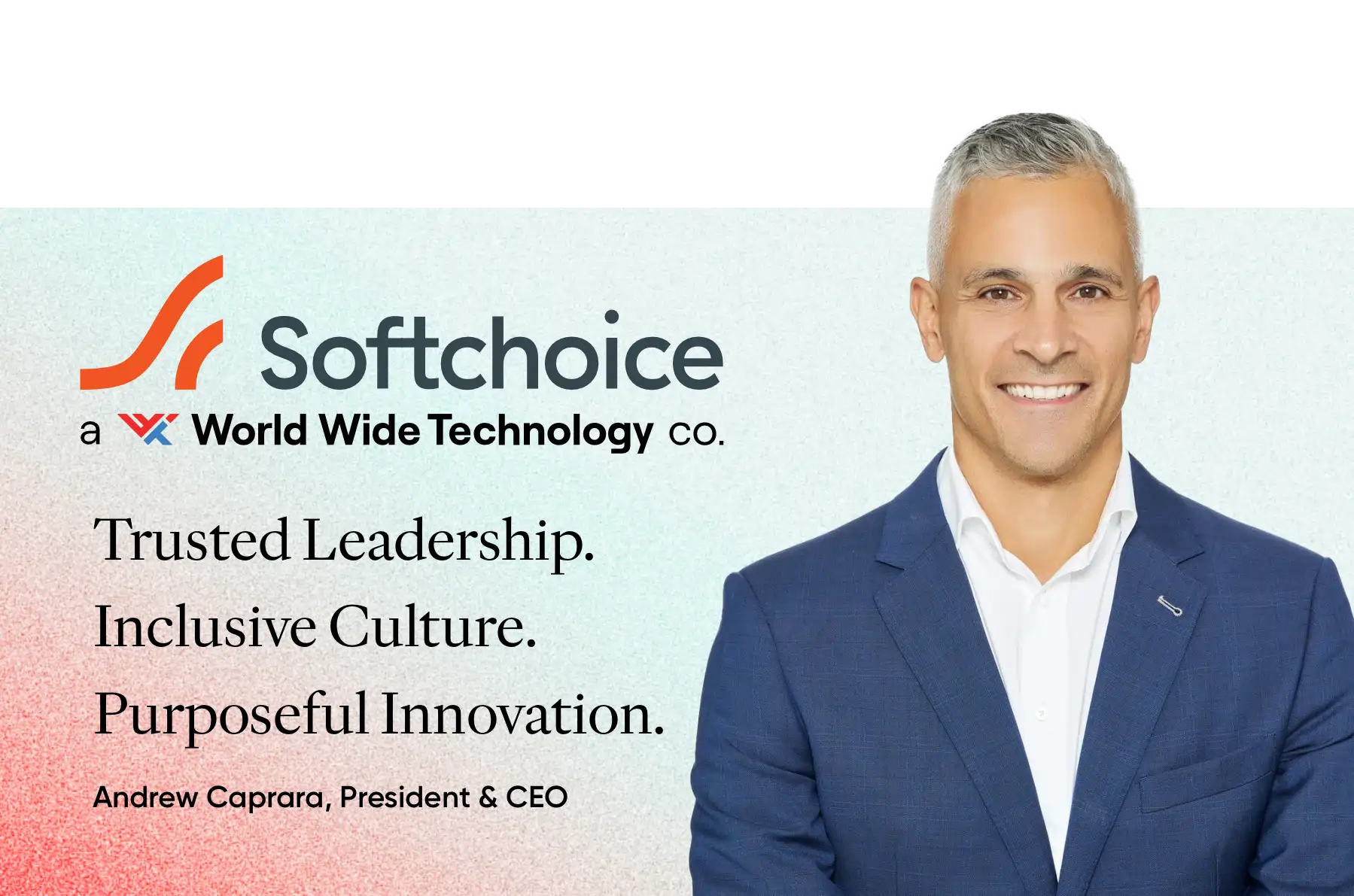
Adapting to change is part of the employee experience. And as much as change can be uncomfortable, it is also an opportunity to grow and improve. Helping your people understand, and even embrace, this positive relationship with change will help you create an exceptional employee experience. And when it comes right down to it, a positive employee experience is at the heart of your ability to be productive, and to be an organization people want to work for, for a long time.
Since Covid-19 emerged, we have been in the midst of one of the most significant change events many of us have ever seen. The end result is work life is different. From new protocols, to virtual work, to dealing with fewer workers, change is everywhere and that isn’t going away. As employers, it’s important to understand how this ‘new normal’ state-of-change impacts employee experience and what you can do to help your people adapt and thrive. We’ve put together eight tips you can promote and practice throughout your organization to help people adapt to the inevitable pace of continuous change.
Embrace Change
Change truly is part of life. The more you talk about accepting change as part of your organizational culture, the better people will become at understanding its importance to growing and becoming better. Highlight change events within your organization that have yielded great results. Talk about the pitfalls of maintaining the status quo and the real risk of getting left behind without changing and growing and improving – organizationally this can impact sustainability and personally this can mean career stagnation. Having these conversations regularly helps people stay mentally prepared when a significant change event emerges.
Plan for Change
Beyond embracing change, you can improve the employee experience by helping people plan for change. Be proactive in your change planning and make change and contingency planning part of your regular planning process. Incorporate the use of change management tools and use them regularly to help create familiarity with the processes used and to embed change-thinking into your culture and regular routines. When you signal that you’ve thought about Plan A, B, and C and included your people in that planning, they will approach change with more confidence and experience less stress and frustration when it actually happens.
Think Positively
Stress and anxiety around change are natural responses. This happens because people fear change and fear not being able to adapt to a new way of doing things. They question themselves and their ability and it becomes overwhelming. If you emphasize the positive impacts of change it mitigates this fear-response significantly and helps people see the transition as an opportunity versus a threat. Cognitive restructuring is a great tool to accomplish this as it reframes the messaging from negative to positive: i.e. instead of thinking the upcoming merger is going to create way more work, think about the new skills that will be learned and the career opportunities that will open up as a result. Encourage teams to brainstorm the positive impacts of the upcoming change and celebrate the little victories as they happen.
Remain Goal Oriented
Goals are what keep people moving forward and this forward momentum encourages a strong, positive employee experience. Setting new milestones helps shift the focus from the immediate challenges associated with change to what can and will be accomplished as the change progresses. Use goal setting as part of your ongoing performance management process and ensure people have set goals for themselves both professionally as well as personally. As change happens, encourage people to reference these goals and determine how the change furthers their plan.
Manage Stress
Despite adopting a positive approach to change, the fact is, change is stress inducing. Even when the change itself is a positive, like a promotion or getting upgraded equipment, the disruption creates stress. Managing that stress is key to ensuring a positive employee experience in the work setting. Encourage effective stress management practices within your organization and provide resources to promote healthy self-care routines including exercise and diet, mindfulness, and problem-solving exercises.
Focus on What Can Be Controlled
The lack of control during change is often at the root of resistance and the associated feelings of stress and anxiety. Acknowledging that some things in life are beyond one’s control is a powerful first step in adapting to change. Then, making a list of what can be controlled helps ameliorate those feelings. Include employees in the change plan as much as possible and work together to create a detailed plan that outlines the various stages and responsibilities during the change. Use checklists and other visual reminders of what employees can do to move the change along. Link the various change outcomes to employees’ goals and help them see how their role fits into the larger change plan.
Communicate!
Communication is key to any successful change initiative. Not only do you need to communicate your expectations and plans around the changes taking place, you also need to make time for communication about people’s feelings about the change. Encourage people to talk about their concerns and ask questions. Be transparent, address questions and concerns honestly and authentically, and explain the decision making process. Be willing to share your own feelings about change and acknowledge that you have anxieties too and then be willing to support one another as you move forward.
Provide Mental Health Support
As part of a strong change management plan, mental health and wellness is a crucial element. Adapting to change is a very personal journey. Some people are better equipped than others to manage their emotions and the fear that comes along with it. Providing mental health support as part of your overall wellness practices provides another layer of protection and encourages a positive change response. Make sure your people know the mental health benefits available to them including through an EAP or extended benefits programs. Consider adding change management specific counseling or coaching during periods of acute change. And stay attuned to your people – ask them how they are coping and direct them to resources as necessary.
Creating an exceptional employee experience during change is not only doable, it’s essential. And given that the modern workplace is a breeding ground for change, helping your people adapt to change effectively and positively will have a lasting impact on their employee experience and their level of workplace satisfaction. Plus, the strategies for managing change are part of a vibrant organizational culture and will help your people support their own growth and each other as they move forward.
To learn more about creating an exceptional employee experience and how your culture supports this journey, reach out to us today.
About Great Place to Work®
Great Place to Work® makes it easy to survey your employees, uncover actionable insights and get recognized for your great company culture. Clients apply our insights, advice, and tools to fuel the vision, decisions and actions that drive business performance.
Learn more about Great Place to Work Certification.






